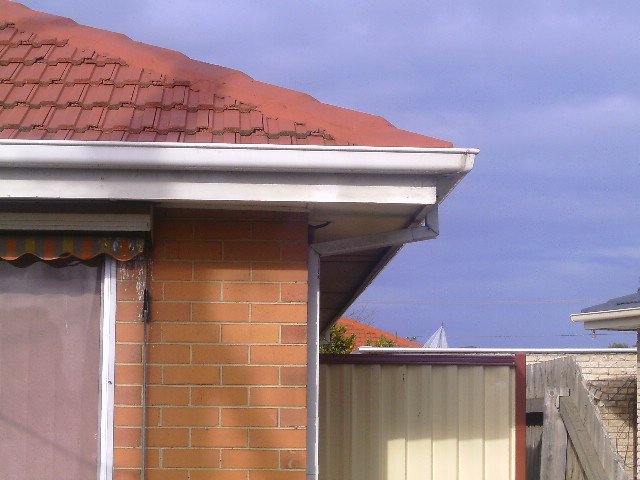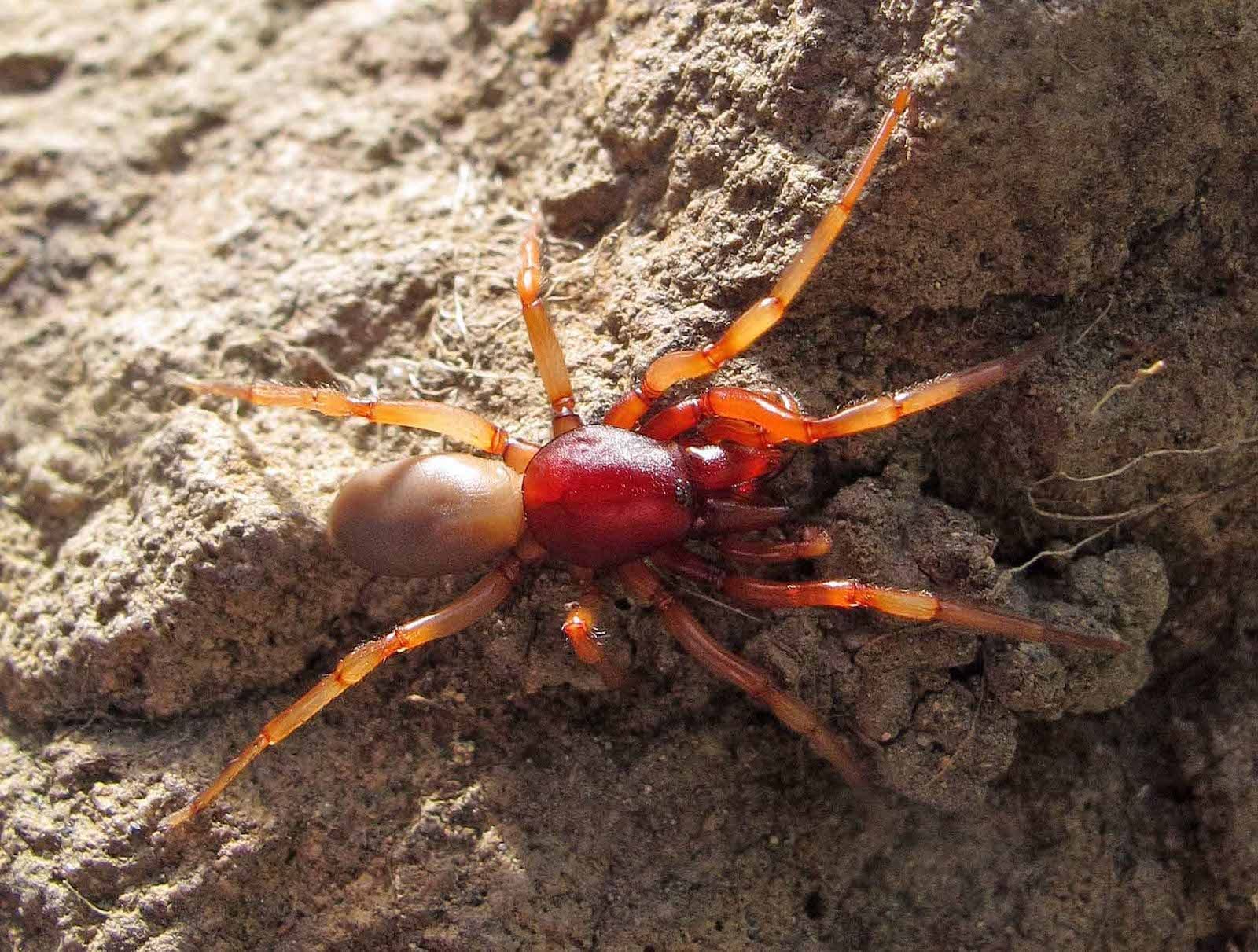Table Of Content

You see this type of lighting on the exterior of a house, a deck, or a front porch. This is the part of the rafter that extends beyond the house wall. The rafter tail can be cut to shorten the eave or left alone to be a wider eave.
Different Types of Eave Designs
They are common in areas with intense sunlight or heavy rainfall. They provide shade and shelter from direct sunlight, reducing heat gain in your home and protecting it from harsh weather conditions. This not only enhances your comfort indoors but also helps preserve the lifespan of your exterior paint and finishes, saving you maintenance costs in the long run. Craftsman style and ranch houses typically have a low pitched roof that has wide eaves that are open and exposes the supporting rafters.
House Eaves Lighting Ideas

These experts can help you select materials that meet local codes and provide maximum protection against fire, water damage, and other hazards. Eaves protected with ignition-resistant or non-combustible materials provide an extra layer of protection against ignition and fire spread in high-fire hazard areas. These materials aim to prevent or delay the ignition of the eaves, giving residents more time to evacuate or allowing firefighters more time to respond to a fire.
More Roofing Guides
We are fully equipped to handle various roofing problems, including those listed above. When choosing eaves for your home, it's best to speak to your home builder, as they can guide you in the right direction. This website is using a security service to protect itself from online attacks. The action you just performed triggered the security solution. There are several actions that could trigger this block including submitting a certain word or phrase, a SQL command or malformed data.
Central house avoids sunlight with eave designs - VnExpress International
Central house avoids sunlight with eave designs.
Posted: Thu, 19 Oct 2023 07:00:00 GMT [source]
Types of Eaves on a House
Before roof trusses, the exposed rafter tails were an extension of the roof framing. The ceiling joists pushed the rafters up and gave extra height to the building. This first installment of a two-part series focuses on eaves that do not return onto the gable. The second looks at the details of boxed-eave gable-end returns.
Flat roofs, internal gutters, no eaves: What the experts say - Stuff
Flat roofs, internal gutters, no eaves: What the experts say.
Posted: Mon, 31 Jul 2023 07:00:00 GMT [source]
Protecting Eaves, Soffits, and Fascia
Curved eaves are more expensive than other types, for example, while open eaves are less expensive than other types. Also called exposed eaves, open eaves don’t have soffit or fascia. They boast traditional and rustic looks that architects can leave unfinished or complete with decorative brackets.
The overhang at the gable is referred to as a gable overhang, as opposed to eave overhang, or they both may be referred to as overhang. Ensuring that your eaves meet current fire safety standards is important to reduce the risk of fire damage, especially if you live in a high-fire hazard area. This may involve enclosing eaves with non-combustible materials, providing vents with fire-resistant screens, or using metal flashing to protect open eaves.
Decorative Eaves:
Water that sits around the footers of the house can cause decay and foundational concerns. An overhanging eave is often found on a Prairie style house originally designed by Frank Lloyd Wright. These houses have a unique style that is modeled after Asian pagodas. Open eaves are open underneath so that the rafters are visible from below. Open eaves have fascia board at the end but no soffits underneath.
This is wood that has been specially treated to resist flames and slow the spread of fire. Fire-retardant treated wood is typically treated with chemicals that make it more difficult for fire to ignite and spread. This type of wood is commonly used for eaves and other parts of the house at risk of fire damage. Eaves, Soffits, and Fascia are crucial components of a well-designed and functional roof. Properly installing and maintaining them, homeowners can help protect their buildings from weather damage while adding to their curb appeal.
Overall by consulting with professionals and following local codes and manufacturer instructions, you can ensure that your eave protection is effective and reliable. In high fire hazard areas, you must ensure that eaves meet the standard test SFM 12-7A-3 or protect them with ignition-resistant or non-combustible materials. They occur when snow on the roof melts and then refreezes at the roof’s edge, forming a barrier preventing water from flowing off the roof. This can lead to water leaks and damage to eaves and ceilings. Rotting wood is a common problem with eaves because they are constantly exposed to moisture, which can cause the wood to deteriorate over time.
Rotten soffits can interrupt venting in the roof layers and provide access points for various unwanted pests. Rotten wood feels soft and gives easily when pressure is applied with a screwdriver or fingernail. Another tell-tale sign that moisture-driven rot is underway is blistering or peeling paint.
The rafters are not visible because of the addition of ornamental molding. Along with the flashing, gutters can also be necessary to protect your eaves from water damage. A gutter system helps to direct rainwater away from your home and into a safe place, thus preventing your eaves facia board from being damaged over time. For your typical asphalt shingle roof and specifically at the roof eaves, a drip edge flashing is required per the International Residential Code. This type of flashing is a form of metal flashing, which is installed on the roofs edge to block water from entering the house, or getting under the roof.
Trim trees and shrubs near the eaves to remove any possible pathways for pests to reach the eaves. Installing decoy nests can be an effective way to deter birds from nesting under eaves. Place decoy nests of predatory birds like owls or hawks near the eaves to create a deterrent effect. Before you begin any repairs, ensure your safety by using appropriate personal protective equipment (PPE) and working on a stable surface. Start by thoroughly inspecting the eaves to identify the extent of the damage.

No comments:
Post a Comment